A lot of Truck lined up in a Swedish border. When the building ahead
of that was seen well, the signboard in theTAX・REFUND
corner was seen. Therefore, the reimbursement of the tax decided to be
received immediately. When shops for the value added tax of 20% or more,
Northern Europe is taken. In the shop of TAX・FREE, the form which proves
the reimbursement of the tax is supposed to be put out. A lot of rows of
the person were able to have done when entering the inside. When number
for the tourist was taken and was waited, our number was called at once.
Most persons were the number notes for commerce.It was reimbursement in
Norway only as for shopping what. 15,000 yen reimbursement is skillfully
received with Norwegian money. There was an explanation with receiving
the reimbursement in the airport in an away country from Northern Europe
at the end about other countries.
 Rest room at Swedish
border (4・26) Rest room at Swedish
border (4・26)
It might be a rest room in the welfare advanced country and a design
which the physically handicapped person was able also to use also in the
building of the TAX reimbursement neatly.
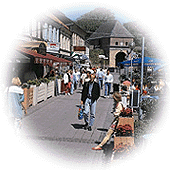 Halmstads
city Halmstads
city |
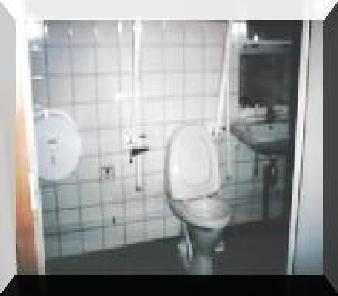
TAX・REFUND corner of Swedish border
dates back to the 13th century but then you
are talking about the old town. The Halmstad
we see today came into being at the beginning
of the 14th century on the outlet of the
river Nissan. Halmstad became the most important
meeting-place of the
Kalmar Union and where the election
of kings
took place during that time.
Halland map
Kungsbacka - map-
Varbergs - map -
Falkenberg -map -
Hylte - map -
Halmstad - map -
Laholm - map -
|
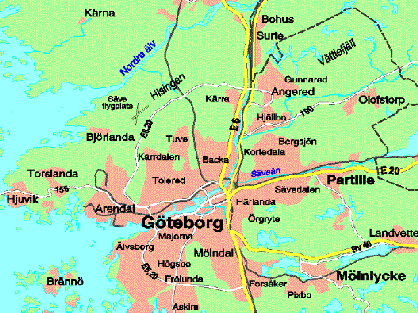
Gothenburg Map
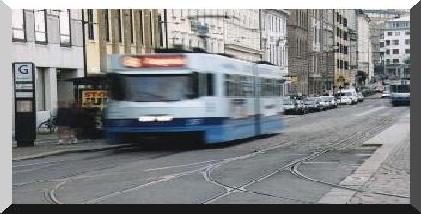
Gothenburg Center
ヨ-テボリMap-スウェ-デン第2の都市-ライブ・カメラ
ヨ-テボリのまちは、スウェ-デン第二の都市として、また、車のボルボ、カメラのハッセルブラ-ドなどの商工業都市として有名だが・・・・・・・・・Volvo Museum
東洋のわれわれにとっては、18世紀東インド会社の拠点として馴染み深い.
今でも、町の中には、当時のオランダ、スコットランド、イギリス商人の建物(Gathenhielm
Cultural Heritage Area)が残っており、東洋の物資の集散拠点として繁栄した港町の片鱗をうかがうことができる.
The largest shopping centre in Sweden. Here you can find almost everything.
There are as many as 150 shops under one roof, ranging from exclusive clothing
boutiques to book shops and a wide selection of restaurants.
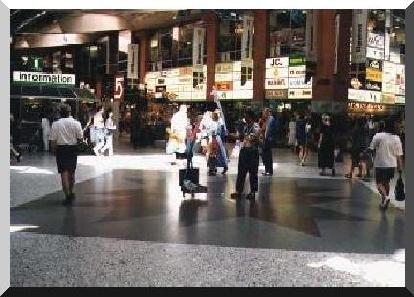
Nordstan Shopping Areas
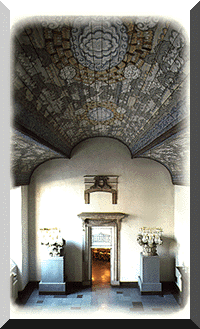 |
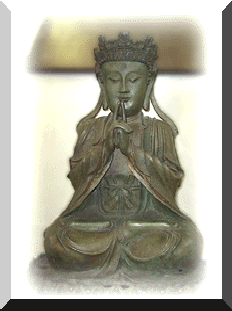 |
 ルスカ美術工芸博物館Rohsska
Musetには、北欧工芸品に加えて浮世絵をはじめとする日本の芸術品や中国の美術工芸品のコレクションがある. ルスカ美術工芸博物館Rohsska
Musetには、北欧工芸品に加えて浮世絵をはじめとする日本の芸術品や中国の美術工芸品のコレクションがある. |
 Rohsska Muset, there is a collection such as the art craft
goods of the work of art and China of the
start of the Northern Europe craft goods
and the ukiyoe in Japan. Rohsska Muset, there is a collection such as the art craft
goods of the work of art and China of the
start of the Northern Europe craft goods
and the ukiyoe in Japan.
|
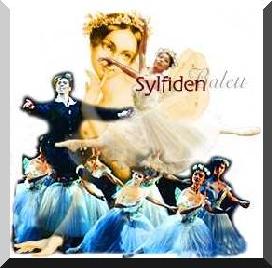 The Gothenburg Opera The Gothenburg Opera
ヨ-テボリの地図
ヨ-テボリにある博物館
海洋博物館
Naturhistoriska museet
Stage/TheatreGuide
accommodation
Shopping
food
|
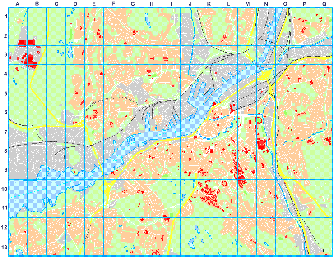
Gothenburg Center Map
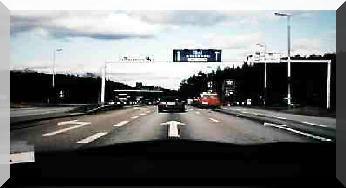
Gateway-E6-
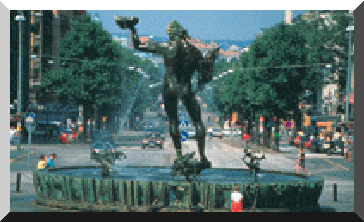
Gothenburg main street
The origin of Göteborg lies in Lôdôse, 40 kilometers up
the Göta älv river. During the 11th century Lõdõse
grew into a town. In 1473 the people of Lõdõse were ordered
to move to another town called Nylöse. Today that town is called Gamlestaden,
the Old Town, and is a part of Göteborg. The name Göteborg appeared
for the first time briefly between 1607 and 1611 at what is now the northern
end of the トlvsborg bridge on the island Hisingen. This and other settled
areas were destroyed during conflicts between Sweden and the then so powerful
Denmark.
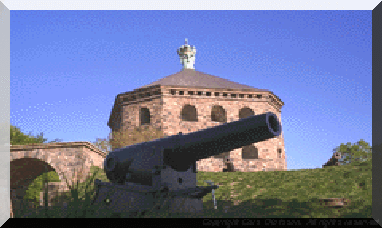
Lôdôse Museum
is famous as Sweden the second city and the commerce and industry city
such as Volvo of the car. ・・・・・・・・・ This city becomes familiar as a base
of active East India Company in the 18th century and is deep for us in
the Orient.
Still, building (Gathenhielm Cultural Heritage Area) of then Netherlands,
Scotland, and a British merchant remains in the town. It is possible to
look for the glimpse of the port which prospers as a collection and distribution
base of goods of the Orient.
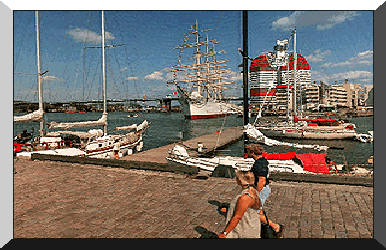
Barken Viking,
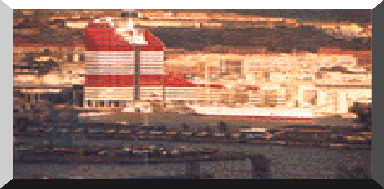
Barken Viking,
 Increased trade and
shipping caused Gothenburg Increased trade and
shipping caused Gothenburg
to grow. In the 18th century the town was the headquarters of the Swedish
East India Company, a shipping line with exclusive rights to the eastern
trade routes, as far China. Tea and chinaware, the luxury goods of the
period, were brought into Sweden this way. By mid-18th century Gothenburg
had 10,000 inhabitants. During the 19th century, Gothenburg was industrialised
and grew from 13,000 people in 1800 to 130,000 in 1900. The great shipyards
Lindholmen, Götaverken and Eriksberg were founded. Textile factories
such as Gamlestadens weaving mill were built and out of these developed
SKF after the invention of the spherical ball bearing. SKF was in turn
the mother company which gave birth to Volvo.
Much of the basis of Sweden's wealth was created through hard work here
and Gothenburg, the city of trade, was transformed into the city of industry.
is that it lacks a back. Being exposed in all directions at Packhuskajen
means that all of its sides can be considered as the front.
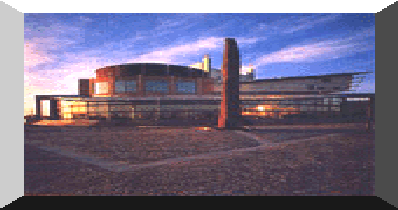
Gothenburg Opera |
![]()
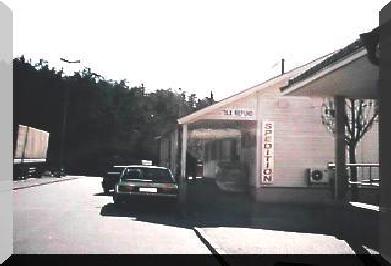

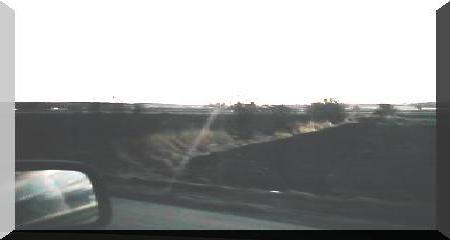
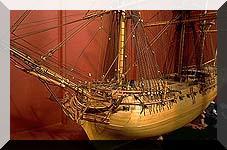
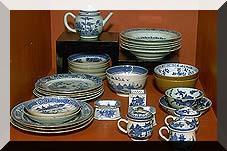
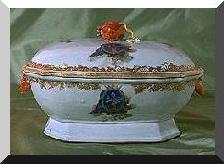


 The Gothenburg Opera
The Gothenburg Opera





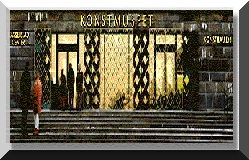
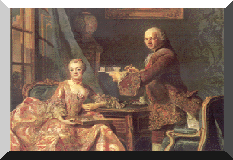
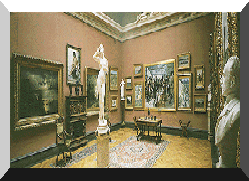
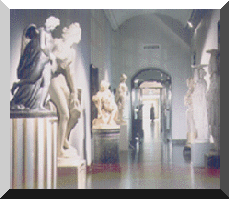

![]()
![]() 最初のペ-ジに戻る
最初のペ-ジに戻る